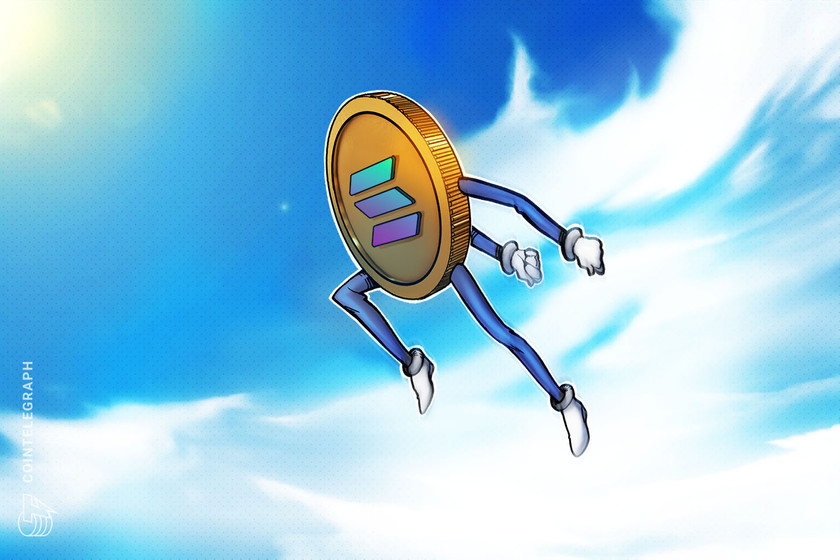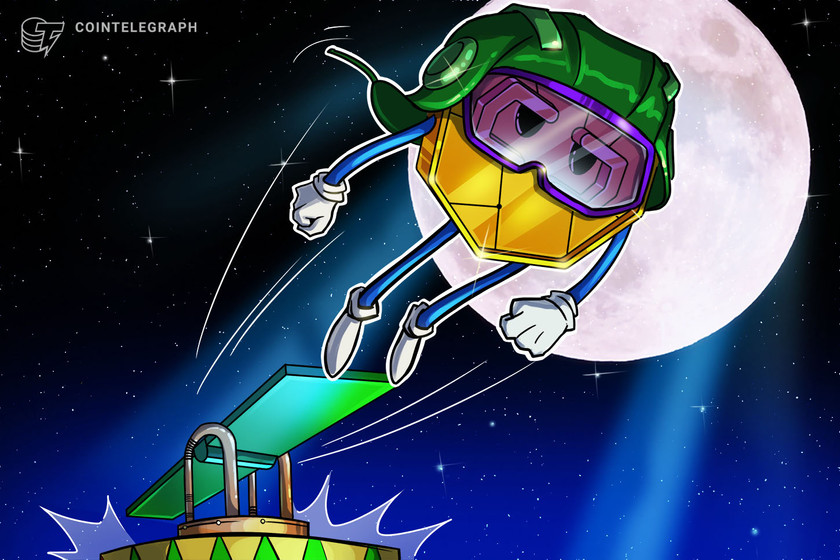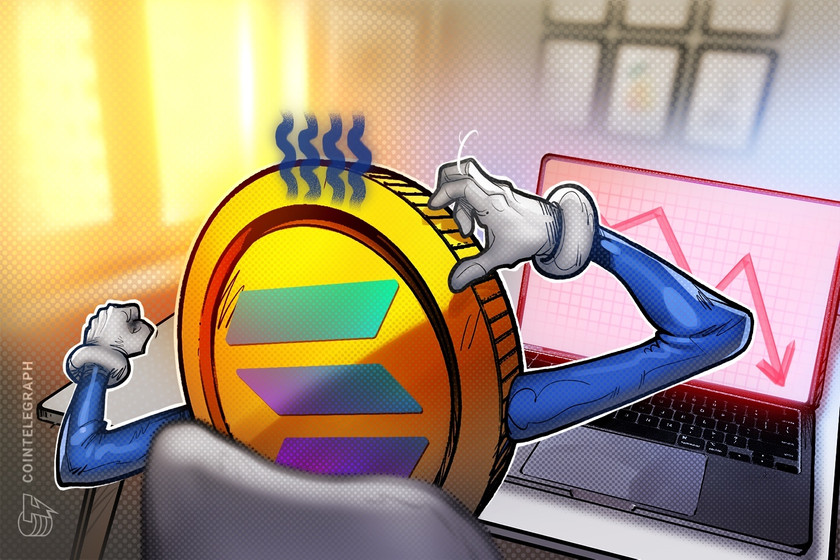Cardano ‘sharks’ scoop up 79.1 million ADA ahead of Vasil hard fork



ADA accumulation occurs despite a technical outlook threatening a 35% price crash by September 2022.
The decline in Cardano (ADA) price this year has prompted some of its richest investors to accumulate the token.
Cardano sharks in buying spree
Notably, addresses holding between 10,000 and 100,000 ADA, also called “sharks,” have added 79.1 million tokens (~ $37.7 million as of July 9) to their reserves since June 9, according to data from Santiment.


Meanwhile, Cardano “whales” that hold between 100,000 and 1 million ADA have stopped selling.
Holding a larger amount of ADA makes sharks and whales powerful enough to determine the token’s upcoming trends via increased volatility or decreased liquidity. Additionally, they can force “fishes,” or investors holding fewer ADA tokens, to copy their trades.
The recent buying spree among the Cardano sharks hints that they have been positioning themselves for a sharp price rebound, especially as ADA trades nearly 85% below its September 2021 record high of $3.16.


Another potentially bullish catalyst is a major technical upgrade slated for the end of this month, following a successful testnet implementation on July 4.
Related: What does a bear-market ‘cleanse’ actually mean?
Dubbed “Vasil,” the hard fork could allow faster block creation and improve scalability for Cardano’s decentralized application ecosystem. It will also introduce interoperability between Cardano’s sidechains.
ADA price “descending triangle” could spoil the party
Cardano’s supportive whales and sharks sentiment contrasts with technical indicators suggesting more pain ahead.
Notably, ADA’s price has been painting a “descending triangle” pattern since May 8. Descending triangles typically resolve after the price breaks out in the direction of their previous trend.


Thus, the Cardano token could risk falling to as low as $0.31, as illustrated in the chart above.
The views and opinions expressed here are solely those of the author and do not necessarily reflect the views of Cointelegraph.com. Every investment and trading move involves risk, you should conduct your own research when making a decision.



































